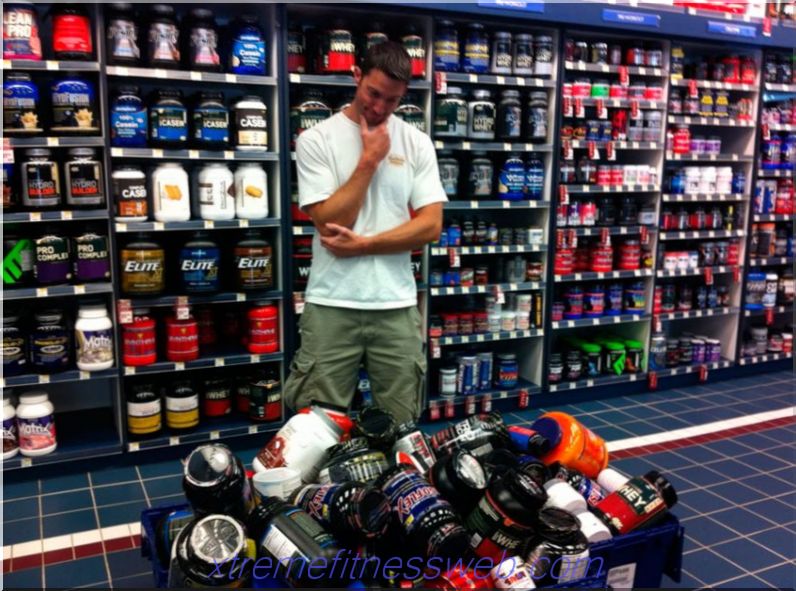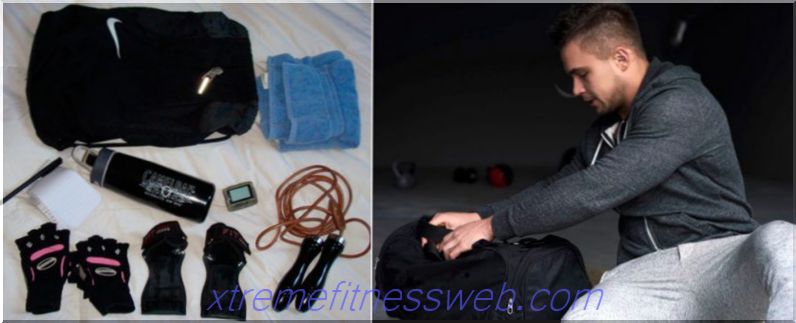
Any athlete, making even the most seemingly harmless movements, armed with minimal weights, risks getting injured. At best, tendons and ligaments suffer, but bones that are also at risk should not be discounted. Bodybuilding differs in that here joints and bones are injured much less often, since you have to deal with weights where there are practically no various accelerations, such as in football or hockey, as well as other dynamic sports games where joints and bones are more affected. In bodybuilding and powerlifting, injuries in the form of sprains or dislocations mainly occur. For example:
- Stretching is associated with damage to the ligaments and tendons, which leads to their deformation, stretching and even tearing.
- Dislocations lead to disturbances in the normal functioning of the joints, which leads to a loss of normal functioning of the surfaces relative to each other.
Content
- 1 Causes of Injury in Bodybuilding
- 1.1 sensation of pain
- 2 Treatment of sprains and dislocations
- 2.1 Medical treatment
Causes of Injury in Bodybuilding

The main root causes of injury in bodybuilding are: the use of a large training weight, the use of high-amplitude movements, the absence of warming up of muscles and ligaments before training, the practice of sudden stops in movement.
As a rule, inexperienced athletes practice the rapid addition of mass on shells, which sooner or later will be felt by sprains and tendons. In this regard, it should be recalled that the addition of weights should be gradual, which will guarantee the safety of exercises.
Some athletes neglect the warm-up, believing that this takes away good time, as well as strength. Such an approach to the training process does not lead to anything positive. When the muscles are not warmed up properly, even in the case of working with ordinary scales, deformation of the ligaments or their stretching is possible, which is associated with a loss of muscle elasticity. Particular attention should be paid to warming up muscles in the cold season.
Almost all exercises for athlete’s ligaments are considered dangerous. In this case, you should pay attention to such exercises, which most often lead to injuries in bodybuilding. For example:
- Squatting with big weights . Such exercises, if this was not preceded by a good long warm-up, always lead to injuries of the knee joints. This is due to the fact that the main load in such conditions falls on your knees. If you squat to parallel, then the load is partially removed. Performing such exercises can not be allowed to bring the knees inward.
- Deadlifts cause great harm to the lumbar ligaments, if you neglect the correct technique of execution, which is always practiced with minimal weights. Such injuries lead to the restriction of any inclined movements and even movement. Raising the bar while standing, you must always hold it as close to the body as possible.
- Presses on the chest and deltas lead to disturbances in the work of the shoulder girdle. If you overestimate the load on the muscles and ligaments, then this will immediately lead to their deformation and stretching. When the bench press is performed while standing and the lower back bends, then spinal injury is possible. Such an exercise is excluded from the list of athletes' competitions. Therefore, the bench press should be carried out with an even spine and with less weight - because health is always more expensive than any achievements. The bench press from behind the head is also considered a traumatic exercise, as unnatural joint movements occur. Since the shoulder girdle does not have the appropriate flexibility, it is quite easy to get injured, especially when working with heavy loads. Performing such an exercise, it is better not to lower the bar below the back of the head.
- French bench press . This exercise is dangerous because it can cause irreparable injuries to the elbow joints, if you neglect the rules of training and use excessive weights. The main exercises for triceps are push-ups on the parallel bars or bench press with a narrow grip.
Sensation of pain

Pain can be useful if you pay attention to it on time, because it reminds the athlete that injury is possible. Pain sensations indicate that it is better to reduce the load on the corresponding parts of the body, otherwise additional actions can lead to unpredictable consequences. In such cases, it is better to stop and stop further movements until the pain subsides. Naturally, this leads to the loss of precious time, but otherwise it is impossible. This is a retribution for rash actions.
Treatment for sprains and dislocations

Restricted movement treatment . When a limb is injured in bodybuilding, it is better to leave it alone for several days. The term depends on the severity of the injury. If you tightly fix, for example, a joint, then this will somewhat speed up the rehabilitation process.
Cold treatment . A similar treatment option has also been known for a long time. If you do not want to see a swollen limb, then it is better to apply ice every 40 minutes to the site of the injury, especially on the first day after the injury. In the future, ice can be applied less frequently.
After the inflammatory process is localized, a recovery period begins, which is aimed at improving blood circulation at the site of the bruise, which accelerates the recovery process. To do this, it is better to use warmings, massages or a contrast shower. Naturally, such procedures cannot be performed on the first day. It is better to heat injured places with water procedures, since water is able to warm the places of bruises much deeper, compared with heaters, for example.
Medical treatment

Good results can be expected from such ointments:
- Traumeel S.
- Fastum gel.
- Diclac gel 5%.
Such ointments and gels relieve pain and reduce swelling. How to use them correctly, is written in the instructions.
Hormonal drugs show the highest efficiency, it is especially worth paying attention to artificial testosterone (Sustanon) and growth hormone (somatotropic). Although similar drugs are banned in some countries, as they are considered doping, synthetic testosterone can cope with the treatment of ligaments and bones best of all.







